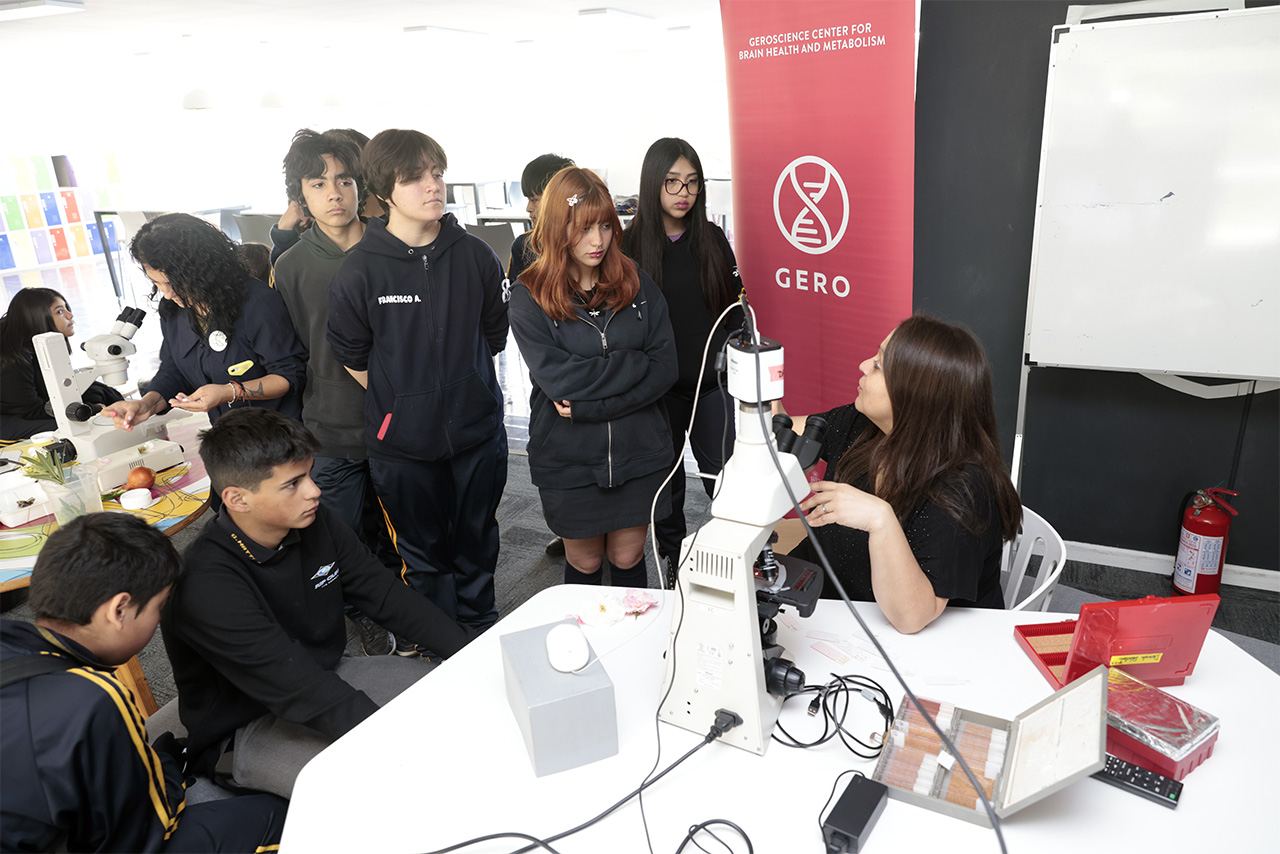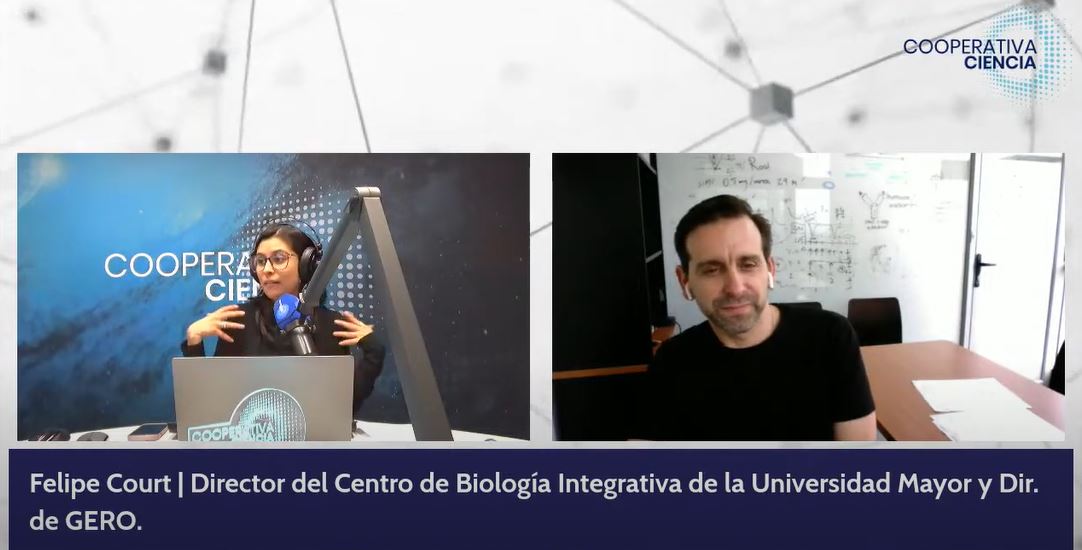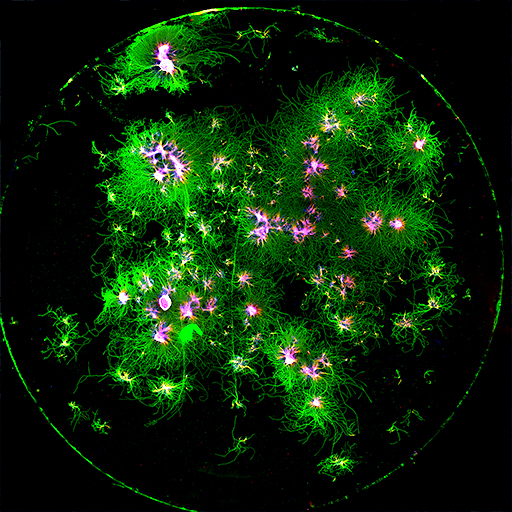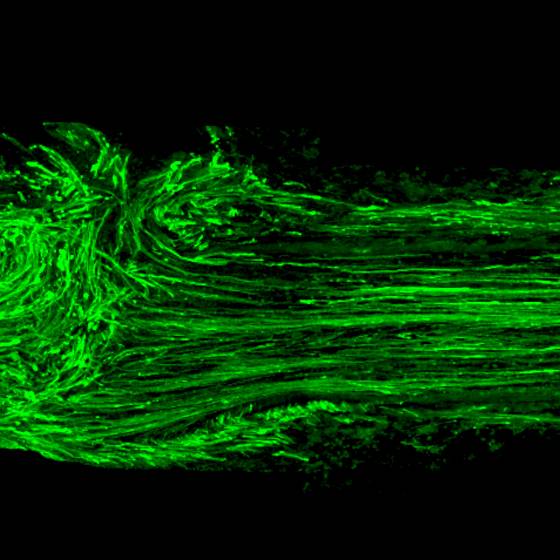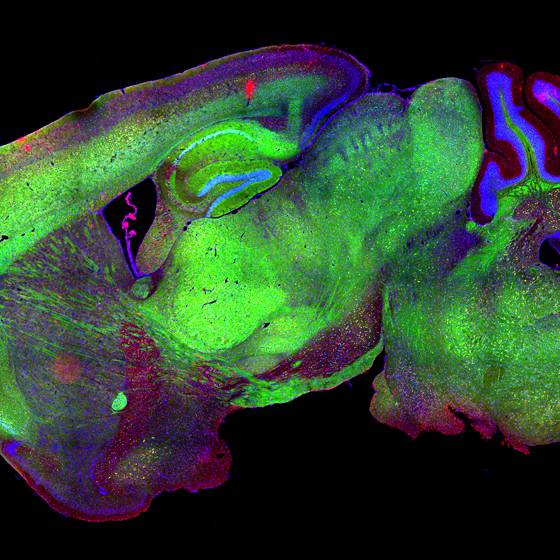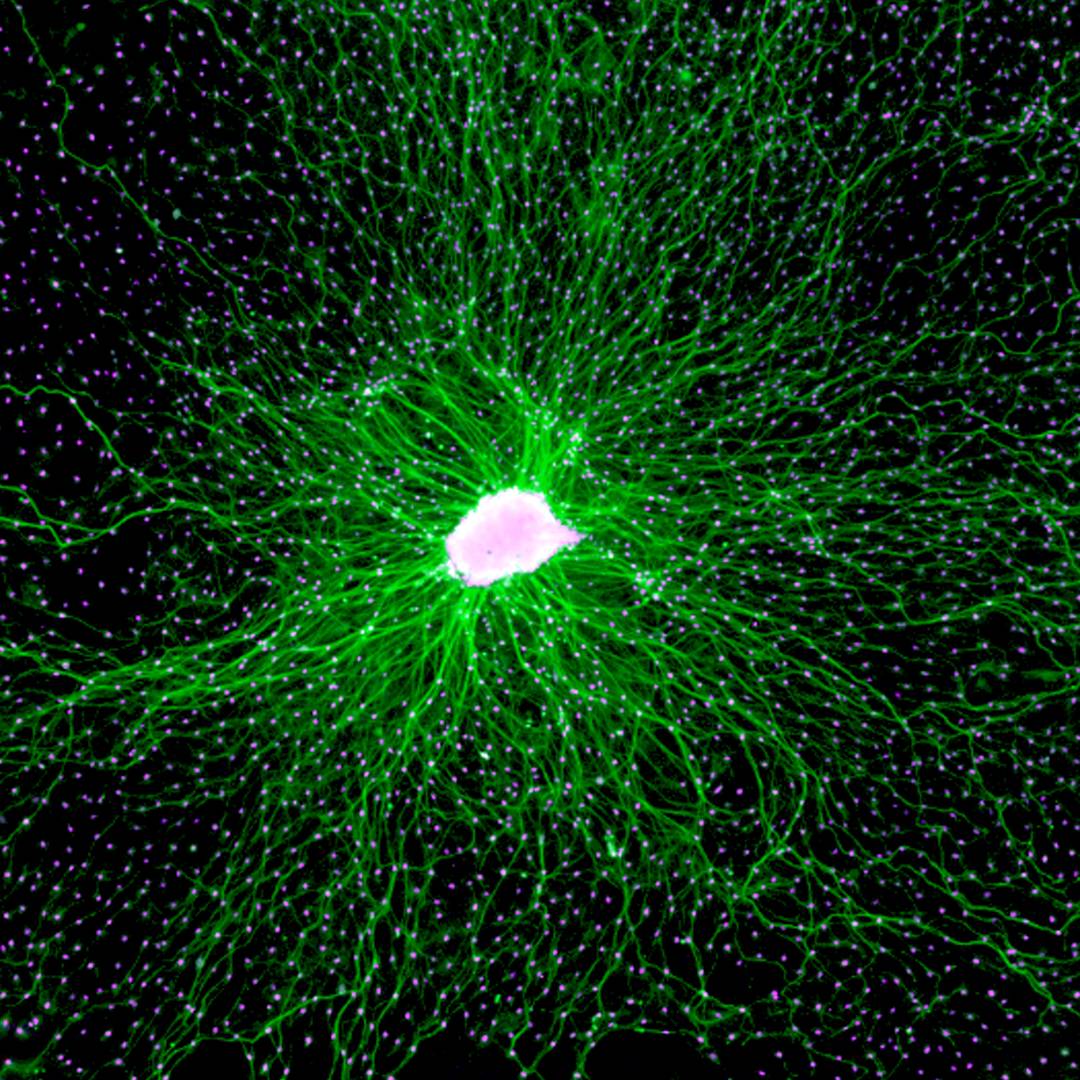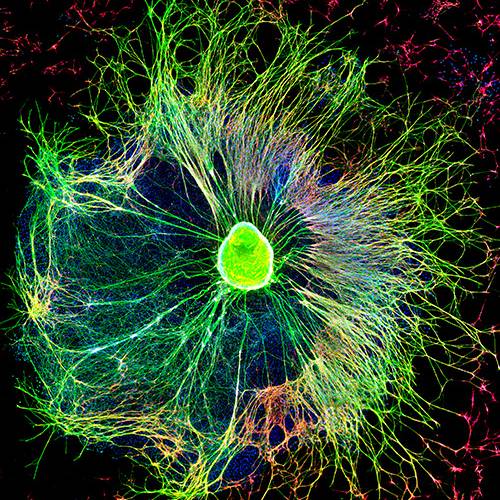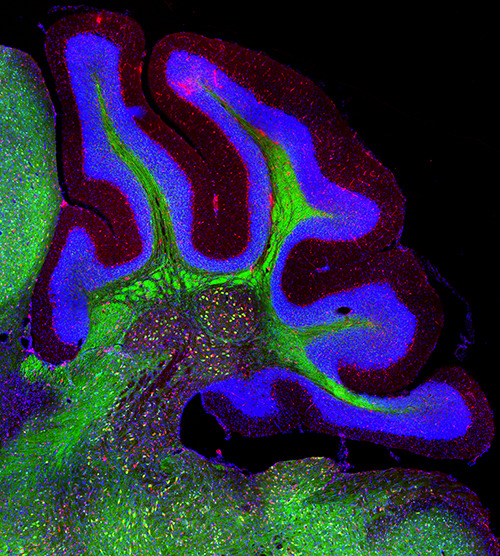Schwann cell regulation of axonal regeneration
In the mammalian nervous system, the regenerative capabilities of neurons show regional variability. In the peripheral nervous system (PNS), axons efficiently regenerate after nerve damage associated to the pro-regenerative effect of Schwann cells. In contrast, in the central nervous system the regenerative capability is poor due to both neuronal intrinsic limitations and glial responses that restrict regeneration. Although, axonal regeneration in the periphery show good regenerative capacity in preclinical models, it still represents a clinical problem associated to delayed repair of peripheral nerves, and the negative effects of aging and other conditions, including diabetes, for axonal regeneration and functional recovery. In the lab, we study how Schwann cells reprogramming regulates axonal regeneration after nerve damage, in order to manipulate this response to enhance axonal regeneration.
Longitudinal section of a sciatic nerve, with regenerating axons crossing a surgically repaired region, axons are labelled using an antibody against the protein SCG10.

Schwann cell exosomes enhance axonal regeneration
In the peripheral nervous system, regeneration of injured axons depends on the reprogramming of Schwann cell from a differentiated phenotype into a phenotype known as repair Schwann cells. Our lab was the first to demonstrate that Schwann cell exosomes enhanced axonal regeneration in vitro and in vivo in laboratory animals, an effect we later showed was dependent on the reprogramming of Schwann cells into a repair phenotype, and associated with the loading of specific miRNA into exosomes and their transfer to axons. In addition, we are exploring the effects of aging, chronic denervation and diabetes in Schwann cell reprograming and axonal regeneration, in order to develop interventions to enhance axonal regeneration in these conditions.
People involved
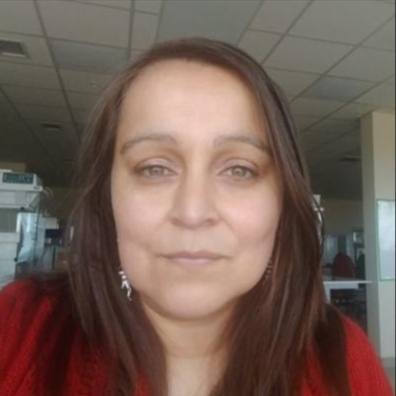
Daniela Rebolledo
Senior Research Assistant

I am a Biochemist from Pontificia Universidad Católica de Chile (PUC) and PhD in Cell and Molecular Biology from the same university. My PhD thesis research was performed at the Physiology and Biophysics department, University of Washington. My research has focused on the physiology of the neuromuscular system and the pathological mechanisms behind neuromuscular disorders of diverse etiology.

Karina Girardi do Carmo
Postdoctoral fellow

Biologist, Ph.D., and MSc in Cell and Molecular Biology from Oswaldo Cruz Foundation (Fiocruz/RJ). Studying age-dependent decline of regenerative capacity in the peripheral nervous system. Mainly focusing on the contribution of metabolic profile of aging Schwann cells in senescence and particularly exploring the epithelial-mesenchymal transition (EMT) like process.
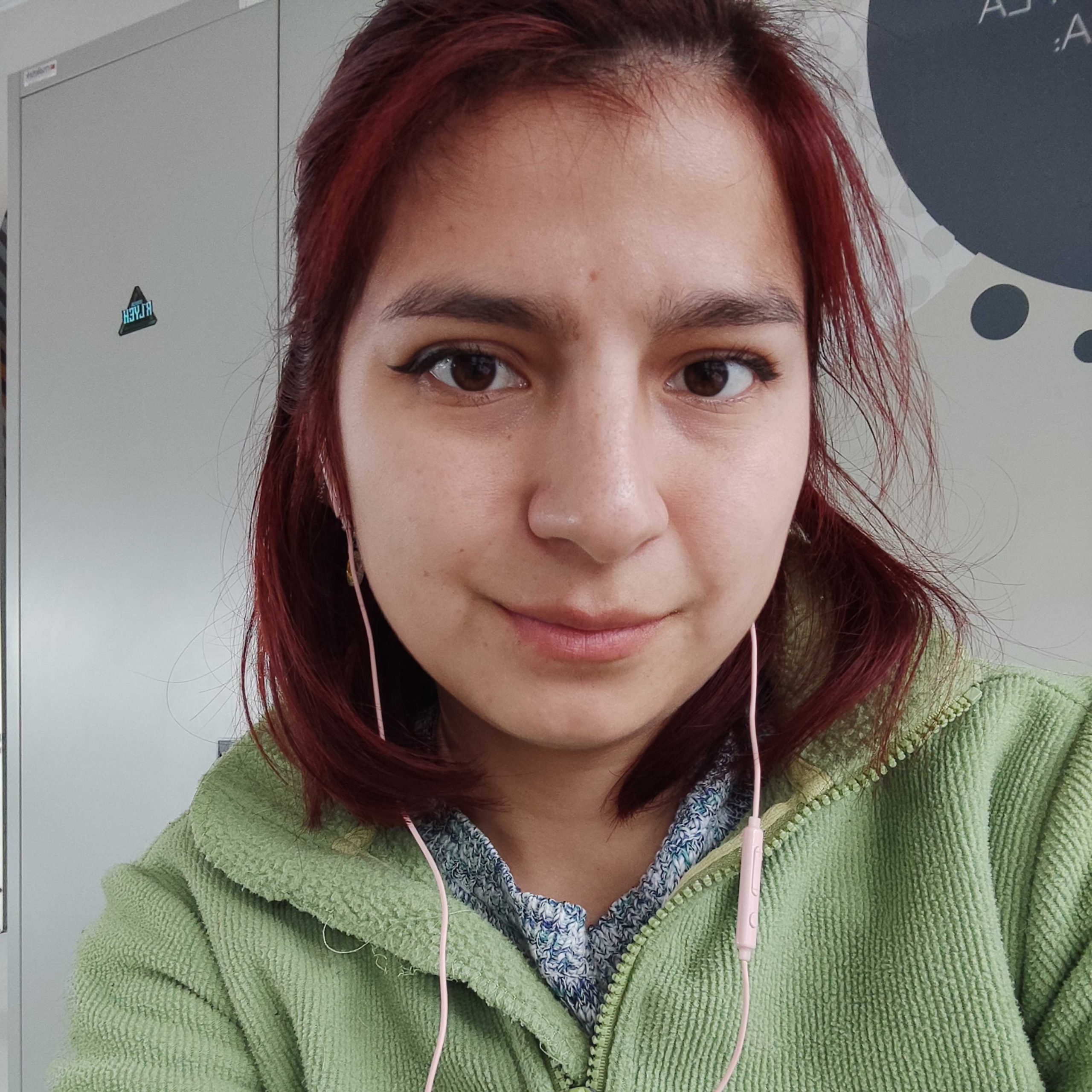
Renata Gallardo
Research Assistant

I studied Medical Technology at the Universidad Mayor acquiring knowledge in histological techniques, immunohistochemistry and immunofluorescence. I am interested in learning more from the world of neurosciences and related pathologies to find new treatments to improve the quality of life in aging.
Related Publications
PUBLICATIONSReviewPNSNeuroRegeneration
octubre 7, 2021
New insights on the molecular mechanisms of collateral sprouting after peripheral nerve injury.
Lemaitre D, Court FA.
Neural Regen Res. 2021 Sep;16(9):1760-1761. doi: 10.4103/1673-5374.306069.
PMID: 33510065
PUBLICATIONSDataPNSNeuroRegeneration
octubre 7, 2021
Collateral Sprouting of Peripheral Sensory Neurons Exhibits a Unique Transcriptomic Profile.
Lemaitre D, Hurtado ML, De Gregorio C, Oñate M, Martínez G, Catenaccio A, Wishart TM, Court FA.
Mol Neurobiol. 2020 Oct;57(10):4232-4249. doi: 10.1007/s12035-020-01986-3. Epub 2020 Jul 21.
PMID: 32696431
PUBLICATIONSDataNervous System FxPNSNeuroRegeneration
octubre 7, 2021
Schwann Cell Reprogramming Into Repair Cells Increases Exosome-Loaded miRNA-21 Promoting Axonal Growth.
López-Leal R, Díaz-Viraqué F, Catalán RJ, Saquel C, Enright A, Iraola G, Court FA.
J Cell Sci. 2020 Jun 15;133(12):jcs239004. doi: 10.1242/jcs.239004.
PMID: 32409566
PUBLICATIONSDataNervous System FxPNS
octubre 7, 2021
The p75NTR neurotrophin receptor is required to organize the mature neuromuscular synapse by regulating synaptic vesicle availability.
Pérez V, Bermedo-Garcia F, Zelada D, Court FA, Pérez MÁ, Fuenzalida M, Ábrigo J, Cabello-Verrugio C, Moya-Alvarado G, Tapia JC, Valenzuela V, Hetz C, Bronfman FC, Henríquez JP.
Acta Neuropathol Commun. 2019 Sep 12;7(1):147. doi: 10.1186/s40478-019-0802-7.
PMID: 31514753
Related News
Del laboratorio a la sala: académicos realizan charlas y talleres para acercar la ciencia a escolares
noviembre 28, 2023
Los centros de investigación de la Universidad Mayor se vinculan con colegios de Santiago y otras regiones, entregándoles contenidos de manera didáctica y simple y una experiencia formativa en que…
Descubren rol clave de células que impiden reparar daños al sistema nervioso perférico.
noviembre 15, 2023
Descubren rol clave de células que impiden reparar daños al sistema nervioso periférico Conversación en Cooperativa Ciencia con Felipe Court, Doctor en Neurociencias, director del Centro de…
